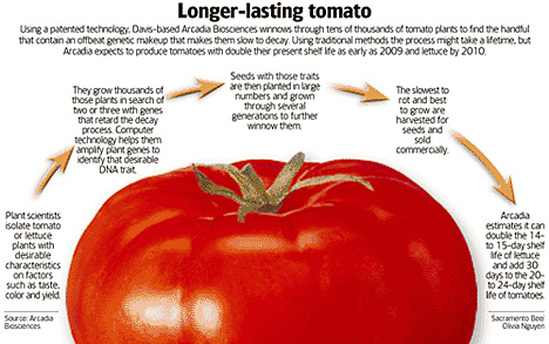An expert in his field, Dave Mayonado came to visit our class to talk about biotechnology and the industry he works in. He provided the class with a general background and history of biotechnology, particularly the importance of R&D, and role of universities. Even though I’ve learned previously about various technologies, like RNAi and CRISPR, it’s interesting to think about how these scientific methods actually relate to tangible things in the industry, and how they’ve directly impacted products available on the market today. It truly is amazing the advances we’ve made in agriculture because of technology. Something I’d like to learn more about specifically is the technology using proteins.
I think it’s interesting how my knowledge of the industry has changed the way I think about it. Growing up, I lived in an environment that portrayed conventional agriculture as this huge commercial operation whose consequences included nutrition and ethics. Companies like Monsanto were always presented to me in a negative light. Now I am more educated and think very differently, so thank you to those of you who presented the facts and science to bring clarity to the common misconceptions I used to know.



